For the tongues of angels and those seeking God
The Te Deum in the History of Music
The Te Deum is a timelessly beautiful early Christian hymn based on a combination of biblical quotations. It has survived across centuries and been set innumerable times, earning it an important place in the history of church music.
In 1893 in the monastery town of St. Gall in eastern Switzerland, a cable railway was opened which linked the monastery area with the village of St. Georgen above. The valley station of the “Mühleggbähnli” has the strange name of “Bangor.” Those familiar with Ireland may know that Bangor is a port to the east of Belfast – but what has that to do with St. Gall? In Bangor there was once a large monastery which was destroyed by the Vikings in the 9th century. From Bangor Abbey, missionaries travelled to various areas of Europe and founded monasteries there. These included the monk Gallus around 600; he is regarded as the founder of the monastery of St. Gall, which soon became a centre for the cultivation of liturgical singing. Perhaps Gallus also brought the famous hymn “Te Deum laudamus” to St. Gall – at any rate, the first written source of the text is the Antiphonary of Bangor (680–689); we can therefore assume that the Te Deum was used in the Celtic-Christian liturgy of the monks of Bangor Abbey.
The text could be considerably older, and might have its origins in an ancient Spanish liturgy for Easter Eve. What is striking is the close relationship of the first part to the Catholic Eucharistic Prayer for the celebration of Mass; the subsequent christological section then takes as its theme Christ’s victory over death and his ascension to heaven (this is where the reference to Easter occurs). A prayer of intercession follows, leading into a series of psalm quotations. The history of settings begins with a single Gregorian melody, which survives in several variants, the structure of which recalls the fourth psalm tone in places. This concise, characteristic Gregorian melody is not only found as the cantus firmus in numerous polyphonic Te Deum versions from the Renaissance, it has also left its traces in many settings from later stylistic periods. This tradition is shown extremely clearly in two Te Deum versions by Franz Liszt, written in 1853 (S 24 for men’s choir and organ) and 1859 (S 27 for mixed voice choir, brass, timpani and organ). In his endeavors to preserve the dignity of the liturgy by maintaining links to tradition, he constantly remained very close to the old Gregorian melody, which he set in different rhythms and sometimes wove into a choral setting for several voices. Variety was also provided by the flexible use of instruments, which both support as well as occasionally accentuate, but frequently have rests in certain sections.
From the Gregorian melody, Michael Praetorius derived the musical material for his Te Deum deutsch in the translation by Martin Luther (“Herr Gott, dich loben wir”). Luther also arranged the Gregorian melody for use in German. Praetorius’s setting is structured as a “trialog” of three four-part choirs, each with the full text, but following the Venetian tradition these can also be partly played by instruments. The cantus firmus is always in the upper part; a loosening of this, as well as accentuation reflecting the content of the text, brings rhythmic-melodic creative development to the middle parts. The choirs repeatedly combine to produce climactic twelve-part textures, in between these interacting in more relaxed combinations in a great variety of ways.
In liturgical terms, the Te Deum has long held an established place in the monastic divine offices: it concludes the early morning part of the office (the Matutin, or matins) on Sundays and feast days outside Lent. As well as this, the Te Deum soon became the splendid celebratory concluding hymn at festive masses.
For Giuseppe Verdi, however, who turned to the text as an old man in the late 1890s, it was the sad, indeed terrifying messages of the text about Christ, the coming judge of the world, and the individual, in need of mercy, which predominated. His Te Deum, symphonically scored with choir and large orchestra, therefore turned out to be very dramatic in places; the apprehensive insecurity of human beings in the face of a God barely comprehensible in his omnipotence is also expressed in frequent changes of mood. In the unaccompanied choral intonation, Verdi quoted from the old Gregorian theme; furthermore in central passages he used stylized psalm-like declamation, out of which he then immediately elaborated large symphonic development features.
Wolfgang Amadeus Mozart made his Salzburg Te Deum of 1769 flow into a splendid double fugue, yet he maintained the eloquent style of his Salzburg Masses, close to the text in every respect. The complement of strings, without violas, is joined by four trumpets and timpani.
By contrast, Felix Mendelssohn Bartholdy’s “little” Te Deum of 1846 is entirely indebted to the old Anglo-Saxon a cappella tradition. The work was originally published in England with the original translation of the text. Mendelssohn seems to have drawn the inspiration for this beautiful, well-crafted work on his visits to England in 1829 and 1832, where he studied earky music and was probably also able to hear music by Purcell and his contemporaries sung within the Anglican liturgy.
Anton Bruckner’s setting is one of the high points in the composition history of the Te Deum text. Completed in 1884, Bruckner’s monumental symphonic style, with its angular orchestral motifs, its often almost excessive motivic repetitions and its constant alternation between mystic contemplation and unbridled ecstasy enables in an almost ideal way the subtly differentiated highlighting of all the nuances of the old text – admittedly in the light of a Romantically-charged theology of the 19th century; but for all that, it is no less valid than the more modest versions of earlier epochs. Gustav Mahler described Bruckner’s work with the words: “for the tongues of angels, those seeking God, tortured hearts and souls purified in the fire.”
Giuseppe Verdi (1813–1901)
Te Deum
Coro SATB/SATB, 3 Fl, 2 Ob, Eh, 2 Clt, BClt, 4 Fg, 4 Cor, 3 Tr, 4 Trb, Timpani, Cassa, 2 Vl, Va, Vc, Cb / 15 min
Carus 27.194
Organ arrangement by Zsigmond Szathmáry
Carus 27.194/45
Wolfgang Amadeus Mozart (1756–1791) Te Deum KV 141 Coro SATB, 2 Ctr, 2 Tr, Timp, 2 Vl, Bc, [3 Trb] / 11 min (Latin) Carus 40.046
Anton Bruckner (1824 –1896)
Te Deum
Soli SATB, Coro SATB, 2 Fl, 2 Clt, 2 Fg, 4 Cor, 2 Tr, 3 Trb, Tuba, Timp, 2 Vl, Va, Vc, Cb, Org / 25 min
ed. Ernst Herttrich
Carus 27.190
The Carus edition has drawn upon the two authoritatively recognized sources, the autograph score and the first edition, in a careful consideration of the readings. Thus the musical text offered here can claim to be as close as possbile to the composer’s intention. An arrangement of the Te Deum for soli, choir, brass quintet and organ is also available

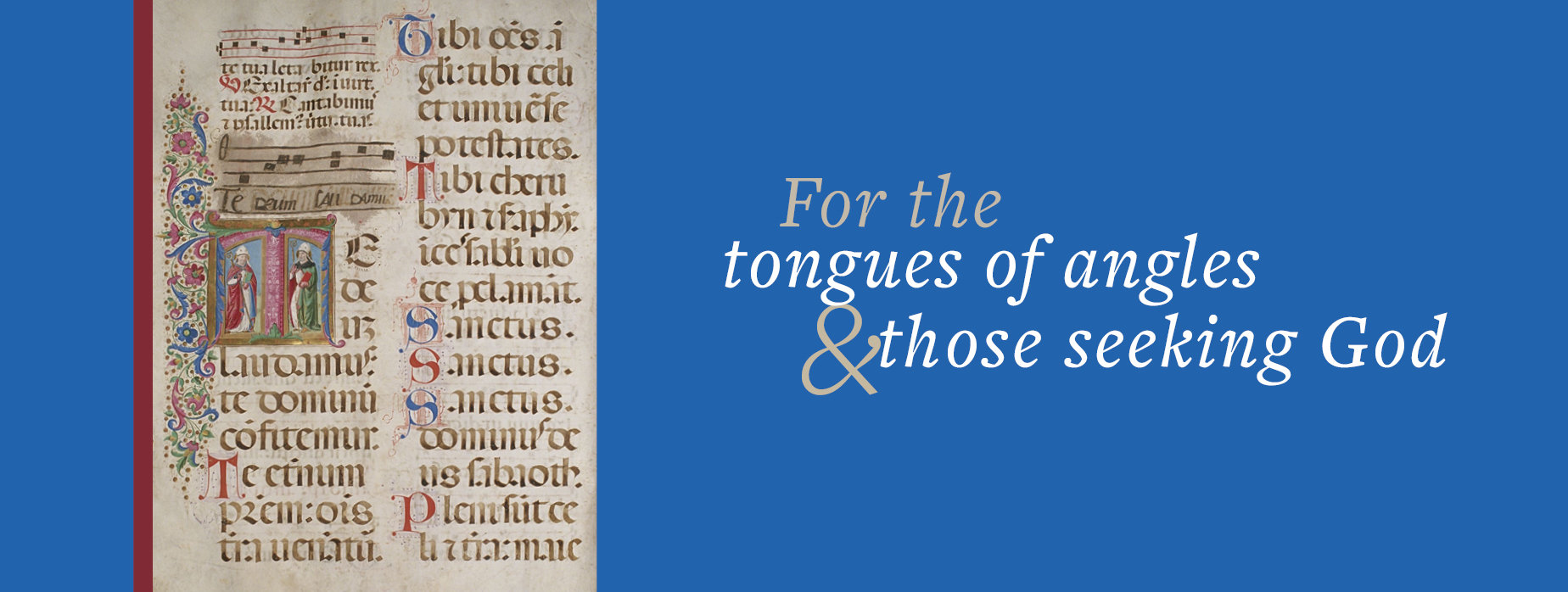
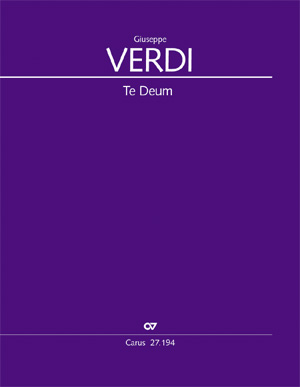
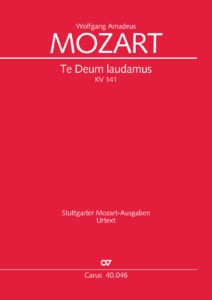
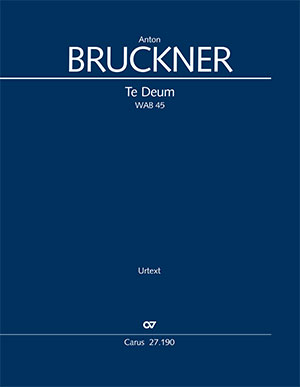

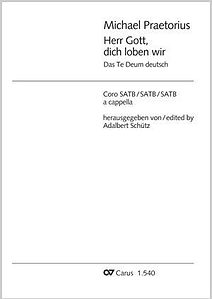
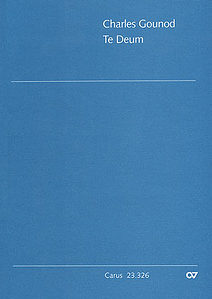
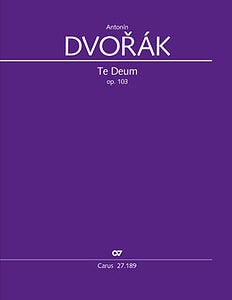
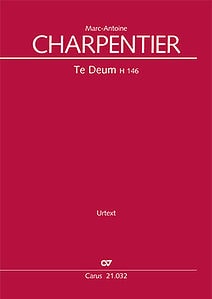
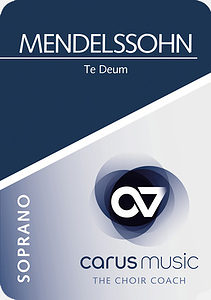

Leave a Reply
Want to join the discussion?Feel free to contribute!